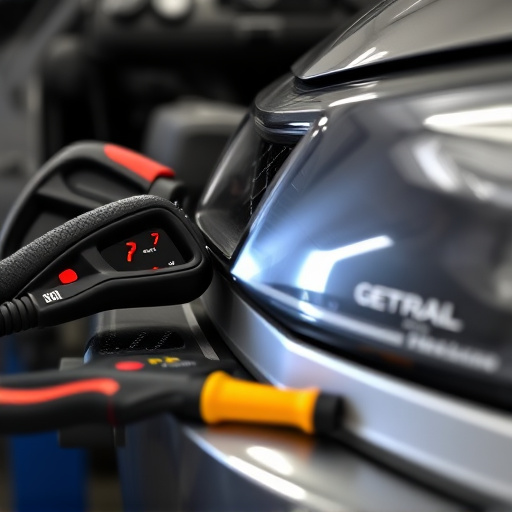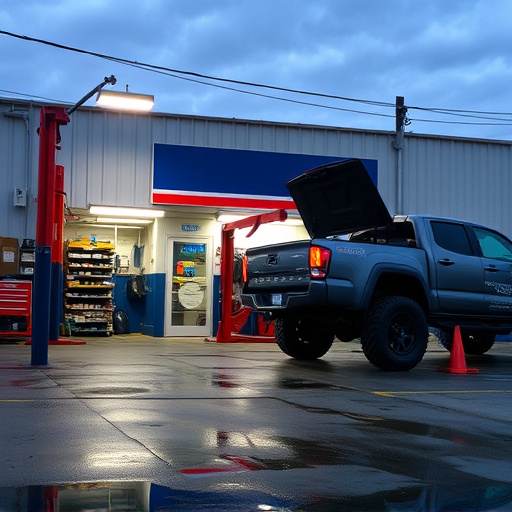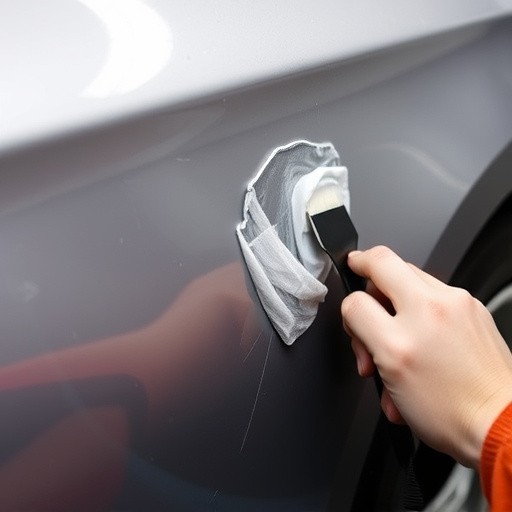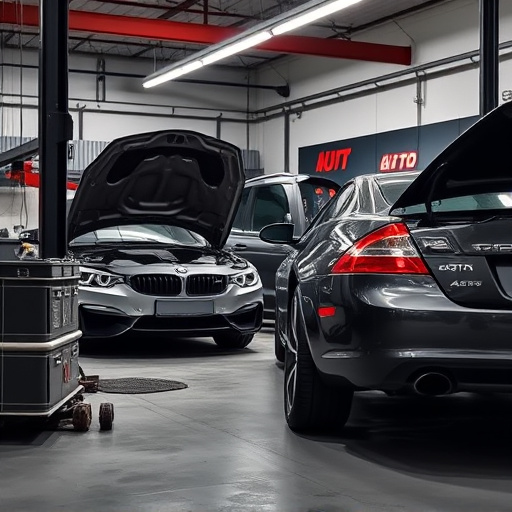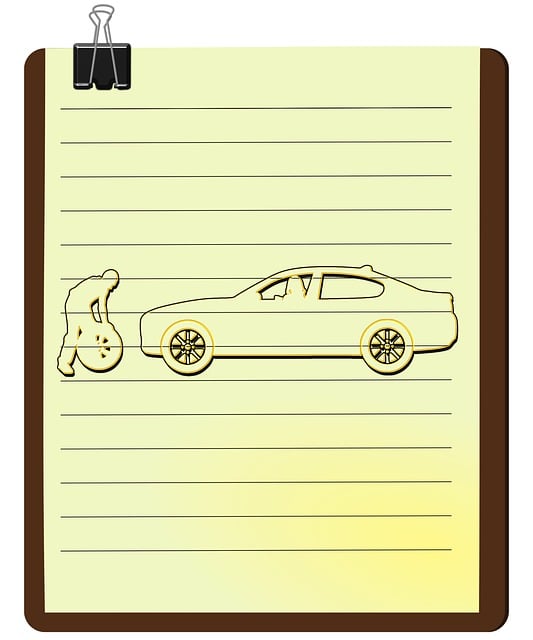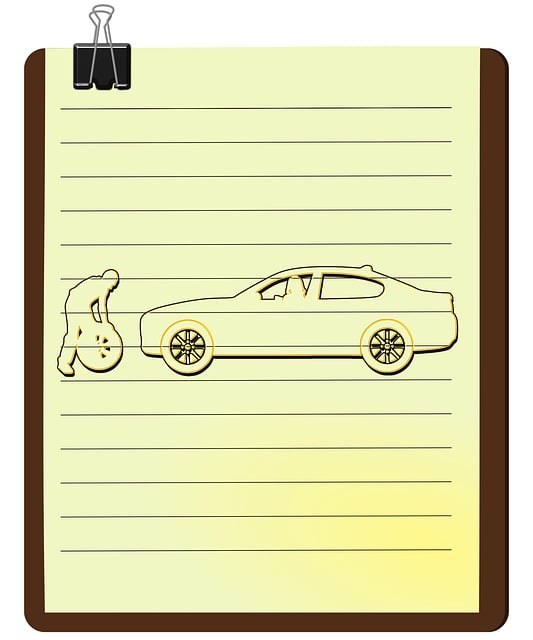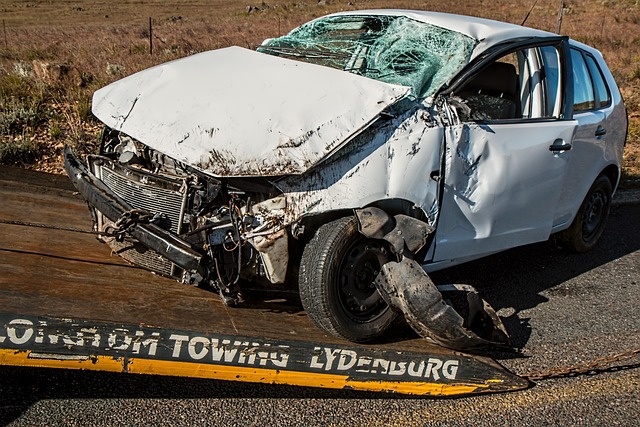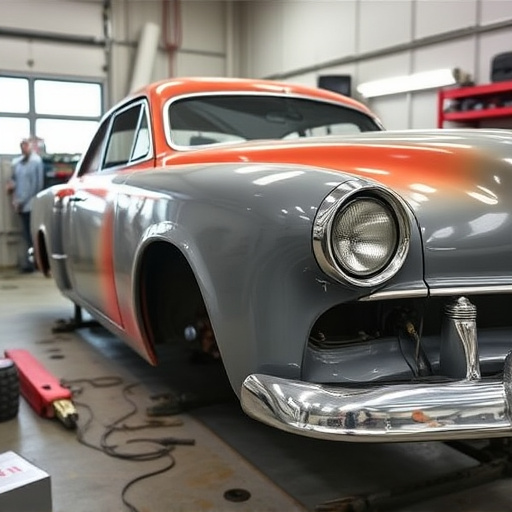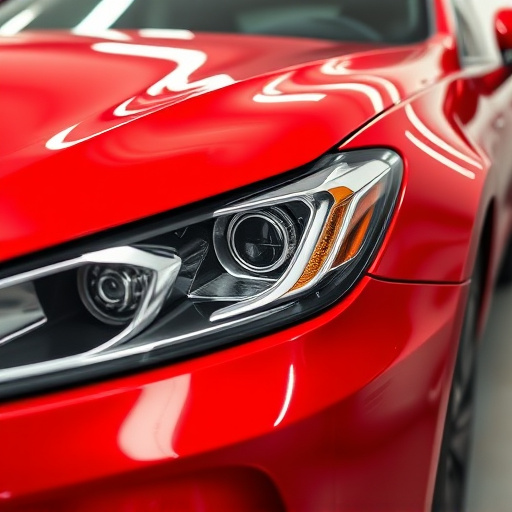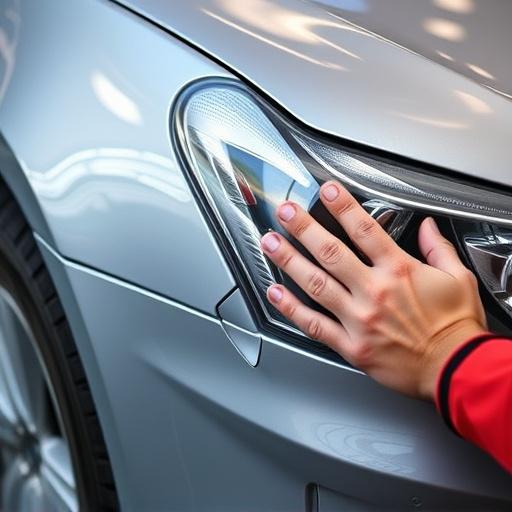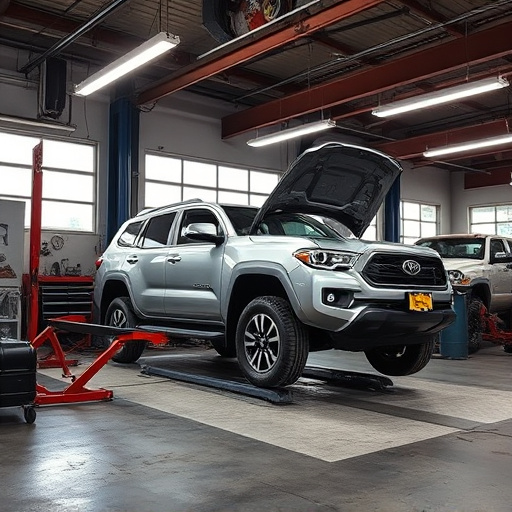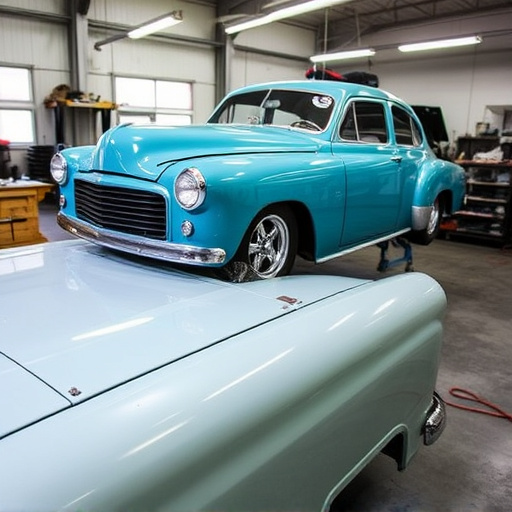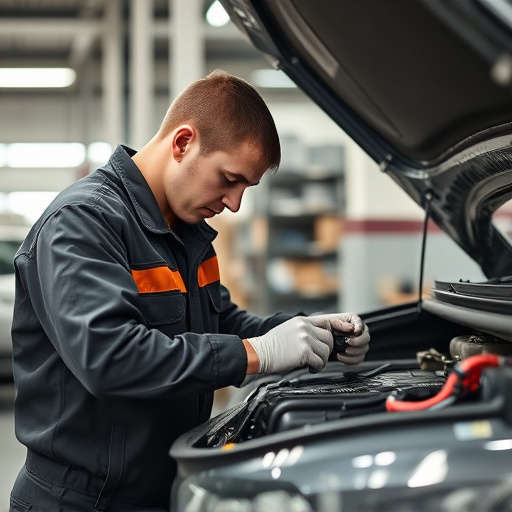OEM glass replacement goes beyond aesthetics, serving as a critical safety feature. Specialized glass, adhering to DOT standards, protects occupants in collisions and ensures driver visibility. Body shops must use correct installation methods and maintain structural integrity while meeting regulatory requirements. DOT compliance standards for auto glass ensure strength, durability, and impact resistance, making it legally mandatory and vital for vehicle safety. Manufacturers and suppliers collaborate to meet these standards through meticulous quality control, inspections, testing, and proper packaging during production and distribution.
In the automotive industry, ensuring vehicle safety is paramount. This is where Original Equipment Manufacturer (OEM) glass plays a critical role, as it’s designed to meet stringent standards for durability and performance. However, maintaining DOT compliance is not solely the responsibility of the OEM; it involves a collaborative effort across the supply chain. From manufacturers to installers, each link in the chain must adhere to specific guidelines to guarantee safe OEM glass replacement, ultimately contributing to overall vehicle safety.
- Understanding OEM Glass and Its Role in Vehicle Safety
- The Importance of DOT Compliance Standards for Auto Glass
- Responsibilities and Ensuring Compliance in the Supply Chain
Understanding OEM Glass and Its Role in Vehicle Safety
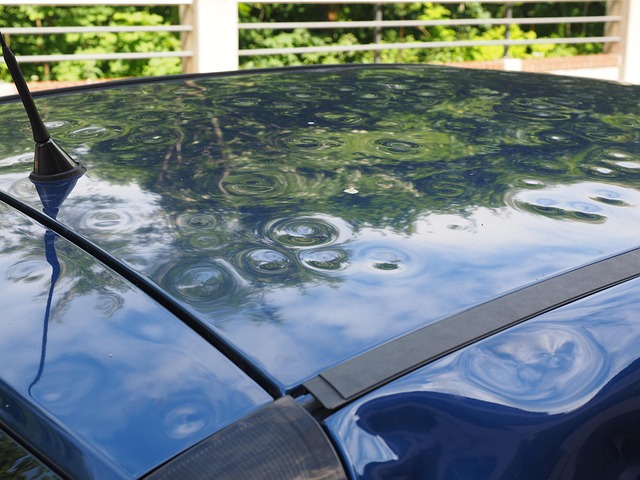
Original Equipment Manufacturer (OEM) glass plays a pivotal role in enhancing vehicle safety. This specialized glass is designed to meet or exceed stringent standards set by regulatory bodies like the Department of Transportation (DOT). When it comes to OEM glass replacement, ensuring compliance with DOT regulations is non-negotiable for body shop services and vehicle repair shops. It’s not just about aesthetics; it’s a critical component in protecting occupants during collisions.
In the realm of vehicle dent repair and broader vehicle repair services, body shops are responsible for upholding safety standards through proper OEM glass installation. This includes using the correct type of glass, adhering to precise cutting and fitting methods, and ensuring seamless integration with the vehicle’s structure. The goal is to maintain the structural integrity of the vehicle and provide a clear view for drivers, all while meeting the requirements set by DOT regulations, thus contributing to a safer driving experience.
The Importance of DOT Compliance Standards for Auto Glass
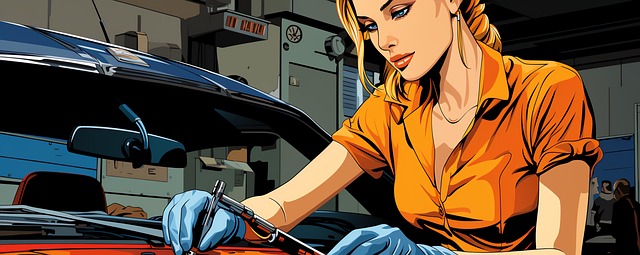
The Department of Transportation (DOT) compliance standards are paramount in ensuring auto glass safety and quality. These regulations set strict guidelines for manufacturers and retailers, guaranteeing that replacement glass used in vehicles meets specific criteria related to strength, durability, and impact resistance. For OEM glass replacement, adhering to these standards is not just a legal requirement but also a vital aspect of vehicle safety.
When it comes to auto glass repair or replacement, whether for a cracked windshield or damaged side windows, the implications of non-compliance can be severe. Customers deserve glass that not only restores their vehicle’s structural integrity but also provides clear visibility and protection during driving. Therefore, auto repair services prioritizing DOT compliance ensure that car paint repair processes and materials used meet these stringent standards, ultimately fostering a culture of safety on the roads.
Responsibilities and Ensuring Compliance in the Supply Chain

In the complex world of automotive parts, ensuring that OEM glass replacement components meet stringent safety standards is a shared responsibility across the supply chain. Manufacturers and suppliers play a pivotal role in upholding these regulations by implementing rigorous quality control measures throughout their production processes. This includes adhering to specific guidelines set forth by the Department of Transportation (DOT) for impact resistance, optical clarity, and structural integrity.
The journey towards DOT compliance begins with raw material sourcing, where suppliers must select materials that meet the required standards. As these components progress through manufacturing and assembly, regular inspections and testing are conducted to verify their adherence to safety protocols. This meticulous approach extends into distribution, where logistics partners are tasked with ensuring proper packaging and handling practices to prevent damage during transportation. By collaborating effectively across these interconnected segments, the entire supply chain contributes to delivering OEM glass replacement parts that not only meet but exceed DOT compliance standards, ultimately enhancing vehicle safety for all.
OEM glass plays a critical role in vehicle safety, and ensuring it meets DOT compliance standards is paramount. The entire supply chain, from manufacturers to installers, bears responsibility for upholding these regulations. By adhering to strict guidelines, they guarantee the safety and reliability of original equipment glass replacement, providing peace of mind for drivers on the road.

